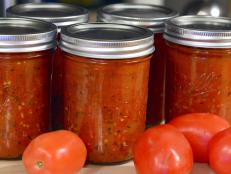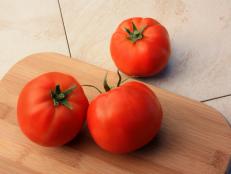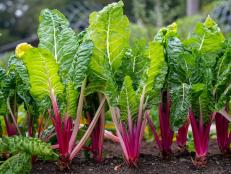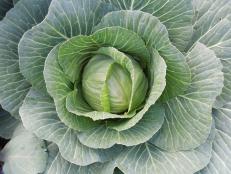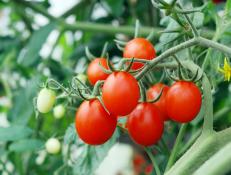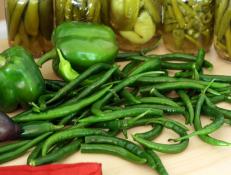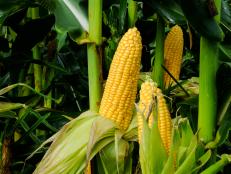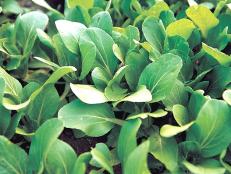How to Make Mustard From Mustard Greens
This homemade condiment recipe puts a frost-beating crop to tasty use.


Champing at the bit to start planting in the garden? Cold-resistant and easy growers, mustard greens can be planted up to a month before the last frost date and the first wave will be ready to harvest just about the time other plants are ready to be sown.
A hardy leaf vegetable, mustard greens handle the cold. They prefer sunlight, but are shade-tolerant and can be sown directly in the garden or grown in pots. Young leaves can be harvested for use in salads or sandwiches and as they mature, the peppery greens can be prepared as one might use kale or spinach, but with an added bite. As the plant reaches full maturity, the leaves will become too bitter to eat. This is when the fun really begins.
As the weather warms and greens reach their full height of about 18”, the plant will begin to send up tall stalks and bright yellow flowers blossom. Watch these flowers mature then wither. When the last flower has faded, the mustard seeds are ready to be harvested.
Loaded with small yellow or brown seeds, if left alone the seeds will spread quickly and new plants will sprout with such ferocity they can soon become more nuisance than crop. The long, thin pods growing from the stalks should be harvested before they split open to control excessive propagation. Crop control isn’t the only reason you’ll want to remove those seed pods.
Cut the stalk from the plant below the seed pods and gather them in a paper bag. Set the bag aside for a couple of weeks in a warm place. Once the stalks have dried and the pods begin to split open, the copious seeds can be extracted and are ready for use.
Making your own mustard from this “second crop” is surprisingly easy and once you’ve got the knack, tailoring the recipe to your taste with the addition of spices, soaking the seeds in different mediums or grinding the result anywhere from coarse whole grain to silky smooth may make your favorite condiment one that can’t be found in your local market.
Try this basic whole-grain mustard with just a hint of sweet. Once you’ve dipped a toe into the world of DIY mustard, experiment with using beer or wine as a base. Or toy with the addition of your favorite herbs and spices.
Whole Grain Mustard
- 1/2 cup distilled white vinegar
- 1/4 cup hard cider
- 1/2 cup yellow mustard seed
- 1/4 cup brown mustard seed
- 1 tablespoon honey
- 1 1/2 teaspoon kosher salt
- Combine vinegar, cider, brown mustard seeds and yellow mustard seeds in a glass jar.
- Secure jar lid and soak overnight. Seed will become plump and soft.
- Add honey and salt and transfer into a food processor.
- Process until seeds break down and mustard reaches desired consistency.
- Return to jar, cover and keep at room temperature a couple of days before use.
- Store in refrigerator.






